I have two cockatiels whose names are Panpan and Zola.
Don't wanna be here? Send us removal request.
Photo
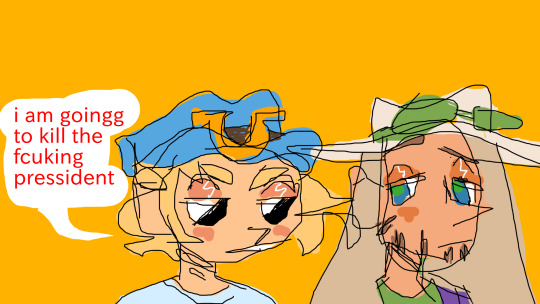



i always draw a picture with my mouse in this one class
10K notes
·
View notes
Video
A british millionaire, two japanese high schooler, an egyptian fortuneteller, a french dude and a boston terrier from New York travelled to Egypt, no, it’s not a beginning of a joke, but a frickin awsome adventure!….I miss them so much ;-;
8K notes
·
View notes
Photo

joining the trend pretty early (for once) 🤷 -2011/2014 me was a furry teen and also a big big fma fan -2015/2017 me was really emo and into vk. that's the time i started drawing humans and practicing watercolors! i'd do lots of portraits and try doing my own stuff. ofc i forgot to add my koichi portrait but i guess that was the most popular one at that time! -2018+ me is studying color schemes, anatomy, gender and stuff like that. after not practicing digitally for years, i have to learn a lot of things again! https://www.instagram.com/p/BvbWi55l2G4/?utm_source=ig_tumblr_share&igshid=1iarfnr362ptk
11 notes
·
View notes
Text
it makes me laugh how people portray corvids as these mysterious, badass birds but in reality they’re just
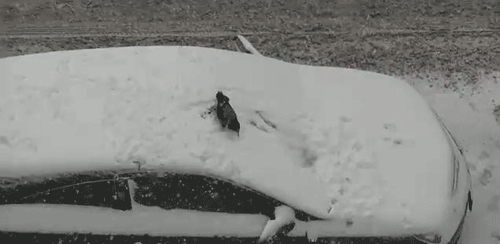

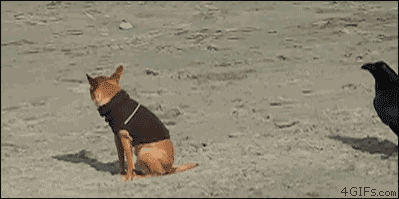
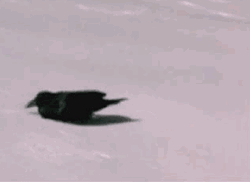
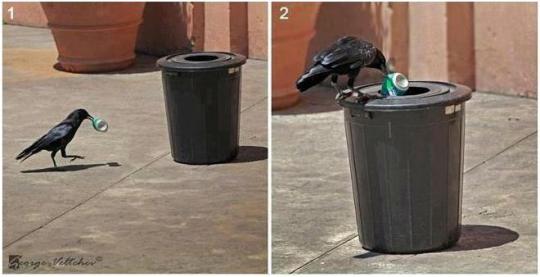
150K notes
·
View notes
Note
Can you post some pics on what parrotlet feathers should look like and what they shouldn't look like? (also if you could throw in some tips for how to maintain healthy feathers that would be great)
Honestly feather comparisons are one of my most favourite things to do, so HECk to the YeCK
Sooooooooo! Feather pigment, strength, shine, and patterns tell us a LOT about a bird. Examining your birds’ feathers regularly is a super easy thing we can do to keep track of their health, they let us know if they’re stressed out, not getting enough light, eating improper diets, or have developed illnesses.
One of the most common things for parrotlet feathers is brown discolouration, it’s pretty obvious to see if it’s severe enough and if you know what you’re looking for it’ll stick out to you.
Mia’s was gnarly, when discolouration is caused by poor nutrition not only can newly developing feathers be affected but it can also cause existing ones to break more easily or be weaker in general which will cause them to brown or break the older the feather gets. A bird with inadequate nutrition may develop perfectly ‘fine’ looking feathers that turn brown over the next couple of months. This happens because the bird wasn’t given the nutrition necessary to actually grow the feather. In severe cases or cases where liver diseases and other illnesses are present the feather will grow in with discoloured pigment, in less severe cases the feather will be made the right colour but break down quicker causing them to develop the discolouration over time.
Mia had liver disease so her feathers were NASTY

but when switched to pellets+ fresh fruits/veg/sprouts they all came in blue (it took two moults for them to come in blue and stay blue, because of the liver disease they’d get speckled with brown as the feathers deteriorated since her body was still combating liver disease when they grew in)

Here’s an example of that speckling (sorry I didn’t have many photos of it this is the best I’ve got, just those little black specks of brown/ black)

Newt is a prime example of poor nutrition causing the feathers to turn brown after they’ve been made. When we first got him his feathers seemed fine, the difference between these photos is one month!!! because the feathers were produced with poor nutrition they broke down and discoloured quicker than his body could moult out and make new ones
April:

May:

Since the feathers were made with poor nutrition it didn’t take much for them to break down which is why they looked healthy when they came in but quickly became damaged and turned brown. He was fed nothing but seed for the first year of his life which contributed to this problem.
Another common issues is stress bars, these often form during the growth of the feather appearing as either a cut through the feathers’ filaments or as a discoloured (usually pale) band across the width of the feather.
(example of a ‘cut-style’ stress bar)

In some cases nutrition causes stress bars to occur, generally this happens on flight feathers (tail + wing) more than the contour feathers. Flight feathers take a lot more material to make, they have to be strong enough to hold their shape against wind resistance and hitting objects so signs of nutritional deficiencies are more notable. Since it takes so much more to produce a healthy flight feather when something’s missing nutritionally it shows here pretty strongly (as opposed to a body feather that requires less energy/ nutrients to produce, if you’re missing a couple things it’s less likely to show in the feather)
(example of the ‘pale-style’ stress bar)

In this case the cause of the bar was stress. When developing the feather if a bird becomes overwhelmingly stressed the hormone corticosterone inhibits the body’s ability to synthesize nutrients correctly. The effect of this is the bird being incapable of producing a healthy feather so they make one with discoloured pigments and usually a weaker structure (notice how the feather with the band is also entirely thinner and the edges are frayed throughout it). This can happen on any feather in severe cases but most commonly it occurs on the flight feathers (wing+tail).
Next is the overall shape and strength of a feather, this can be hard to tell if you’ve never seen your bird any different or have no reference to go by. A lot of birds actually have a very weak feather structure and no other obvious signs that there’s something wrong with their health from an outside perspective. Newt is my best example for this, he was fed all seed by his previous caretakers and as a result his feathers were very flat and dull. Colour-wise they seemed fine! no discolouration or major issues initially but once he moulted it was obvious just how weak the feathers were before
(flat feathers, fraying edges all along his tummy)

(puffy healthy feathers, strong shape, strong curve to them, the edges are holding together)

UV LIGHT!!!! so incredibly important and hardly anyone knows about it, the way to tell if a bird is lacking UV light is by the shine on their feathers as well as the flakiness of their beaks. UV is super important for calcium absorption and honestly? most of the time unless you’ve got a reference image you won’t realize that they’re lacking.
Mia’s feathers before/after using UV light (about a month’s difference):


It’s hard to actually pinpoint what I’m trying to focus on here because when Mia got the UV she was also recovering from liver disease. So! what I’m trying to point out isn’t so much the colour but the shine on the feathers. Her rump before is still blue but it’s dull, the feathers are matte, there’s no definition to them. After the UV the feathers are SO SHINY they’re iridescent looking, and vibrant. That glossy appearance and iridescence is really the most notable change for feathers when it comes to UV usage. It’s just unfortunately quite difficult to photograph!

Mia’s beak before/after UV light (the lighting in the photos is different, the thing to focus on his the flakiness of the beak). It’s important to note that birds do continually grow their beaks so it’s normal to see some layers growing and old ones flaking off (note the tip of the beak on the right is growing new layers) but that constant pale flakiness you see on the left should not be that way all year round.

Soooooo the last thing I’m going to talk about is breakage, Mia’s was really terrible because of the liver disease she had completely snapped in half tail feathers because they were so weak. But all of her little cheek feathers were also terribly damaged, the feathers broke first and then the discolouration formed afterwards, when a feather breaks that’s just sort of what happens. The edge where the feather broke will go brown.


But! this photo gives me something else to point out and helps make a couple previous points more obvious. Obviously the first feather is one that was so far gone it was weak and it snapped, as a result of breaking the damaged edges of the feathers discoloured. It’s very common to see broken feathers develop a brown/ discoloured edge along the break after the break has occurred.
but what I want to note here is the difference between the last two feathers, even though it’s been moulted out, it’s an old feather the body doesn’t want anymore that last feather is still strong, the filaments are all still holding together, the colour is good (aside from those couple tiny dots that I explained earlier), it’s a healthy feather overall. The one in the middle is terrible, it’s weak, the edges can’t hold together, the filaments are frayed. moulted feathers should not look trashed which is a very common misconception. Just because the body doesn’t want the feather anymore doesn’t mean the feather should look like garbage. A healthy bird should still be moulting a healthy feather. It shows that the bird was given enough nutrition to form a feather to last it’s intended lifespan, if the feathers are always coming out looking tattered odds are they are not fully meeting their nutritional requirements.
Majority of the problems are all nutrition-related, simply feeding a proper diet, increasing calcium, and making sure they have a good UV light are all going to help a bird grow a strong, healthy feather. There are cases where discolouration can be related to other diseases, different illnesses may cause feathers to go pale, liver disease may present itself as brown but can also turn feathers bright yellow depending on the bird and severity of the disease, more severe illnesses can make birds suddenly drop feathers, not grow them back and different ones cause them to grow in twisted or malformed. If you ever notice any discolouration or unusual markings/ breaking/ development issues with the feathers a vet should be the first step to ensure it isn’t cause by an illness.
So there you have it, a way-too-long spiel on why examining a birds’ feathers is important, even the tiniest of brown specks can signify that something needs to change!

1K notes
·
View notes
Text
i can’t believe creatures like archaeopteryx evolved into little pikachus you can hold that whistle showtunes for fun

3K notes
·
View notes
Text
Something that really breaks my heart is the cruel indifference that some people have towards pets or animals that they personally don’t enjoy. Like I hear so many stories about someone losing a beloved pet snake or rat or tarantula, only for their friends to say something like “good riddance”.
My best friend does not like my gerbils at all. She jokingly calls them vermin and teases me for being the only 25 year old woman that still has pet gerbils. She came to visit me one weekend when one of my sweet babies was really sick, and unfortunately called me at work to solemnly let me know my gerbil had passed. The entire drive home I was trying not to cry because we had plans and I didn’t want to ruin the weekend with my ridiculous grief over a rodent. When I got home, my best friend was sitting in the driveway, hand painting a little coffin with my gerbil’s name on it. I immediately started sobbing. She went and got me a glass of wine, and played a Stevie Nicks song on her phone while she dug a grave. After the somber funeral in my backyard, she cancelled our evening plans and we walked to a bar, where my best friend completely un-ironically held up a glass and toasted my dead gerbil, thanking her for the joy she’d brought me.
The point of this story is, you don’t have to share or even understand your friend’s interests to show them respect and empathy in a time of loss. It’s alright if you don’t like a friend’s unconventional pet, you certainly don’t have to! However, pet loss can be incredibly painful, and I think it is always best to err on the side of kindness.
85K notes
·
View notes
Text
Look at her I love her so much. This meaty pineapple. This flying fluff princess. This squawking triangle. This ungraceful feather disaster. This pink feets demon. This rotund alarm bell. This wearer of too much blush. This gravy boat.

343 notes
·
View notes
Text

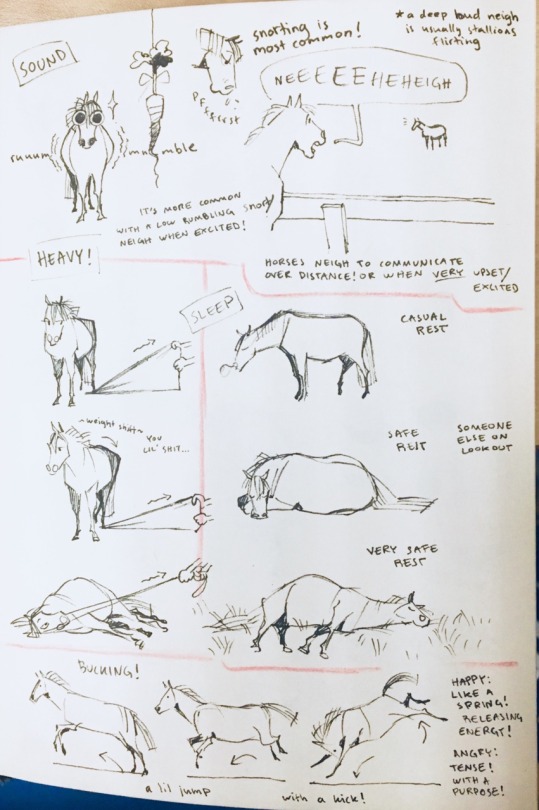

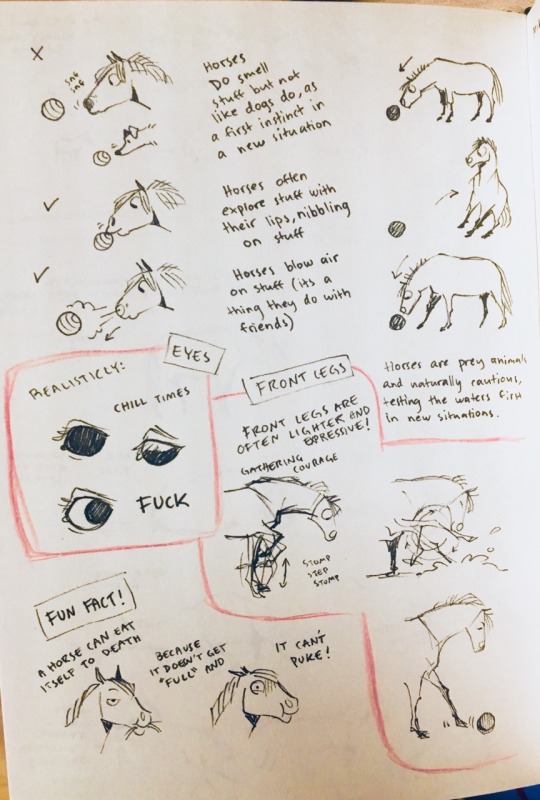

Todays doodles are Myras personal Horse Acting Guide! 🐴
DISCLAIMER: im not a horse expert, but i’ve been hobby riding for 13 years and read some books through the years, so it’s just my personal experience. I dont know everything and people have different ways!
20K notes
·
View notes
Text
I don’t usually do this but my pet bird Journey is in life or death situation where she needs emergency surgery to remove an egg from her oviduct. Unfortunately her treatment will cost $1000 and given the severity of her situation it’s very likely she may not make it to the end of the week without this surgery being done. The $1000 will cover X-ray, medicine, in hospital care, and surgery costs. If you guys could PLEASE share this with her gofundme link I would greatly appreciate it.
https://www.gofundme.com/emergency-treatment-for-journey?pc=ot_co_dashboard_a&rcid=6d4694679a3c4fa5b4b4c9aa91de225c

Please help me save my baby
780 notes
·
View notes
Text

@zoologicallyobsessed this is all I can think about while watching/participating in these stupid arguments about outdoor cats
13K notes
·
View notes
Text
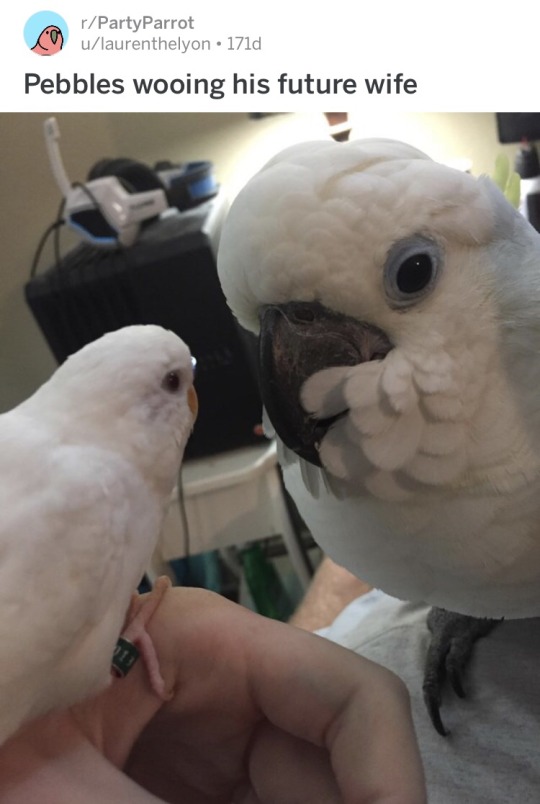
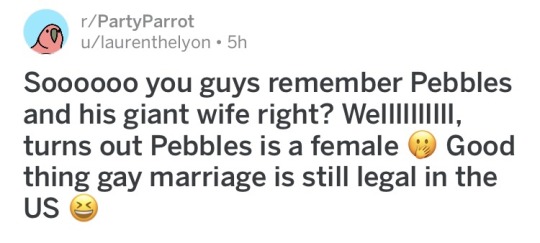
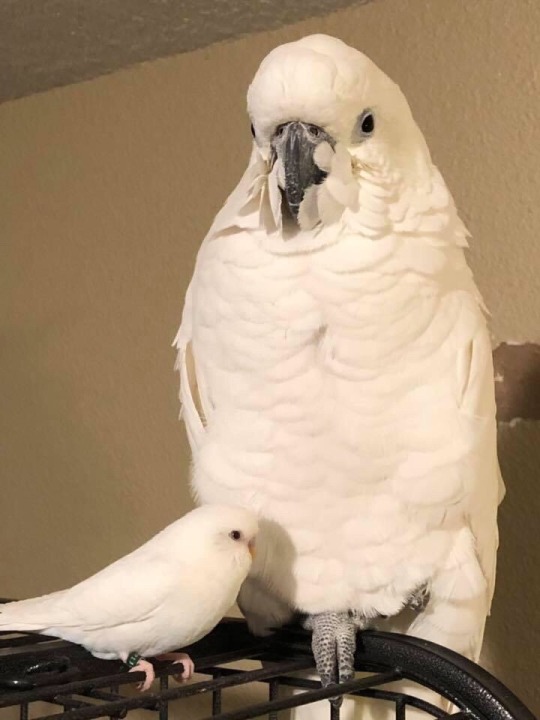
if you don’t support pebbles the lesbian budgie and her giant wife dni
268K notes
·
View notes
Text
YOU GUYS I FINALLY DID IT, I FINALLY GOT A VIDEO OF THIS BIG DUMB DOOFUS PRETENDING THAT HE IS ALSO EATING AN ALMOND BECAUSE HIS LADY LOVE HAS ONE AND HE DOESNT WANT TO BE LEFT OUT
POOR CINNAMON ROLL! I love you but this is not a productive use of time!!
43K notes
·
View notes




